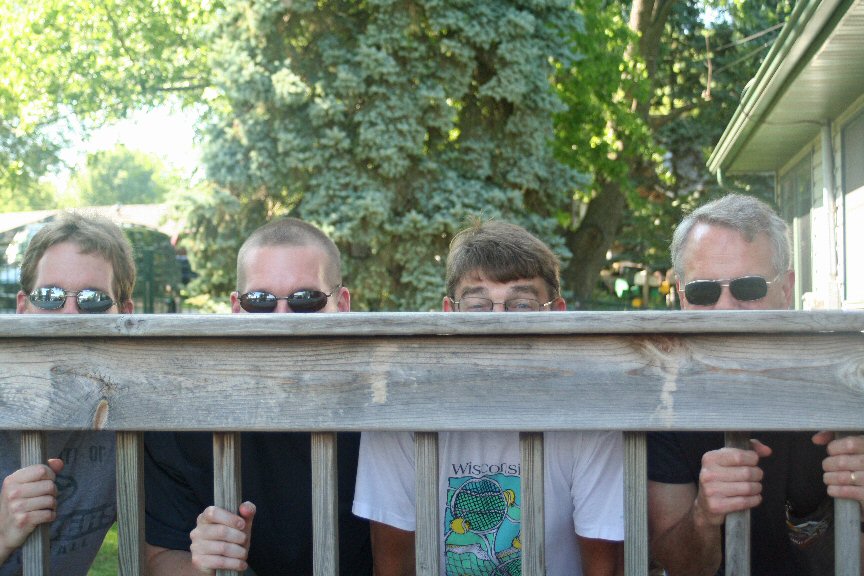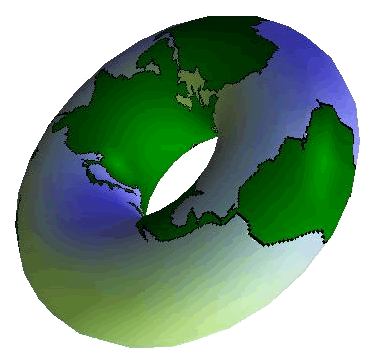
A recent report by Amanda Gefter in New Scientist, "Galaxy map hints at fractal universe" (June 25, 2008) suggests that matter in our universe may be arranged in fractals, like the shell of a nautilus:
Is the matter in the universe arranged in a fractal pattern? A new study of nearly a million galaxies suggests it is – though there are no well-accepted theories to explain why that would be so.
And therefore,
Many cosmologists find fault with their analysis, largely because a fractal matter distribution out to such huge scales undermines the standard model of cosmology. According to the accepted story of cosmic evolution, there simply hasn't been enough time since the big bang nearly 14 billion years ago for gravity to build up such large structures.Well then, it just can't be true, can it?
What's more, the assumption that the distribution is homogeneous has allowed cosmologists to model the universe fairly simply using Einstein's theory of general relativity – which relates the shape of space to the distribution of matter.
Score one for Eugene Wigner's "unreasonable effectiveness of mathematics":
... the enormous usefulness of mathematics in the natural sciences is something bordering on the mysterious and that there is no rational explanation for it.By "rational" explanation, Wigner may mean an explanation that appeals to causes (chaos, an unexplained further regress, et cetera) that are ultimately irrational in themselves.
It tells us something about our underlying assumptions that laws that actually work are not considered a rational explanation.
At one time - before the principal project in science had been to disprove the idea that an intelligence underlies the universe - the discovery of such laws would be satisfying rather than problematic. They would be considered the obvious rational explanation rather than a challenge to rational explanation.
Well, the universe is what it is - and if it is governed by intelligently framed laws, so much the worse for those whose science can't absorb that.













